Delving Into the Doom Universe: An Examination of the Resilient Videogame Series
- Jul 22, 2023
- 362
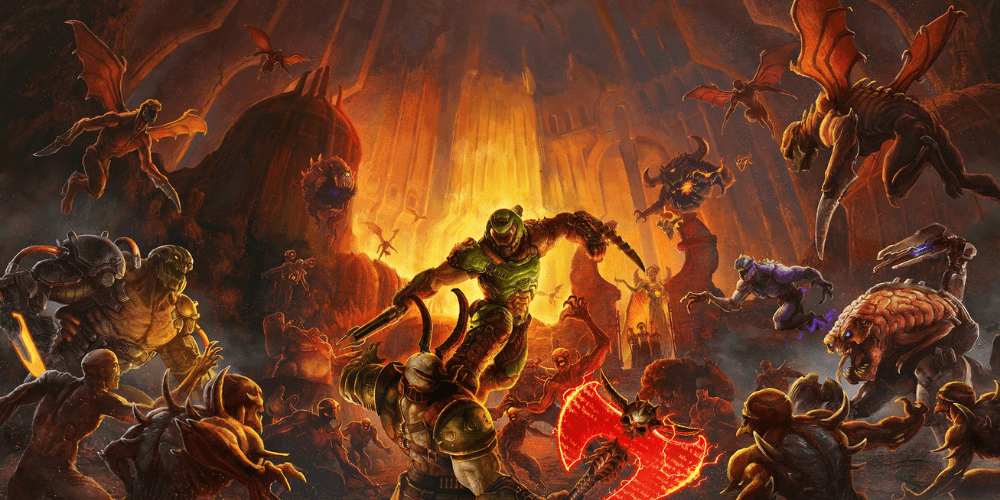
Created by id Software, Doom is a seminal series in the realm of video games that has had an unmistakable impact on gaming culture. Launched in December 1993, the initial game in the series introduced players to a world enveloped in science fiction and horror. Set on the moons of Mars, where a space marine combats hordes of demons from Hell, Doom was groundbreaking for its immersive 3D graphics, networked multiplayer gaming, and player-created modifications, or mods.
"Doom" (1993): The Advent of First-Person Shooter Games
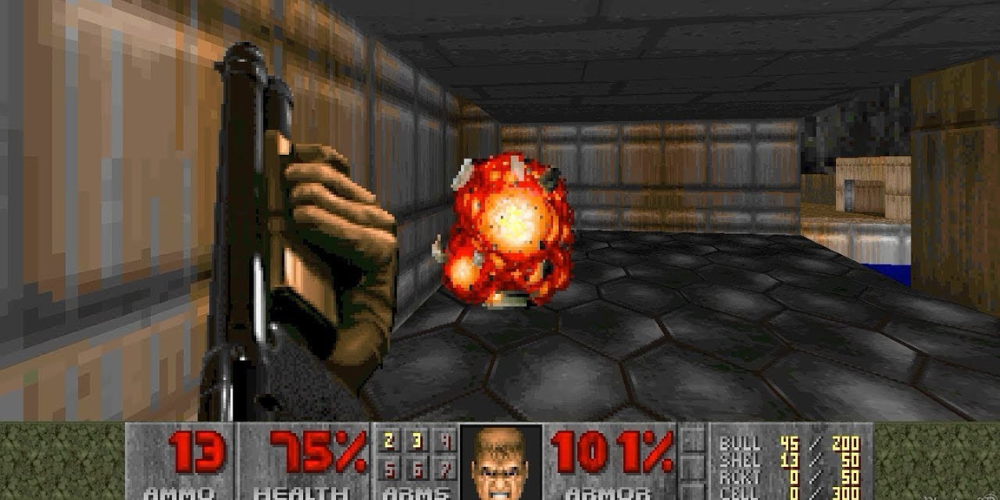
The original "Doom" was revolutionary in its introduction of the first-person shooter genre. Its highly immersive gameplay, coupled with sophisticated technology for its time, left an indelible impression on gaming. Players explore a labyrinth-style layout, collect power-ups, and utilize a range of weapons to fight off nightmarish creatures. The game also offered an innovative multiplayer mode, known as 'deathmatch,' which established it as a social phenomenon as much as a solo gaming experience.
"Doom II" (1994): The Exponential Evolution
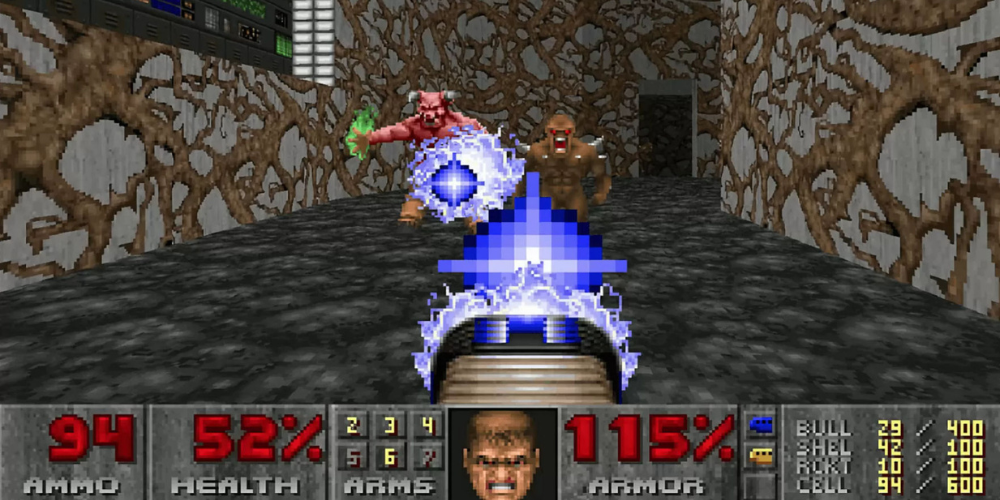
The success of the original game was rapidly followed in 1994 by "Doom II: Hell on Earth". This sequel brought the action from the Martian moons to Earth, expanding the scope of its storyline. The game also introduced new weaponry, such as the Super Shotgun, and new monsters that elevated the gaming experience, thereby consolidating the success of the first installment.
"Final Doom" (1996): The Anecdotes Addition
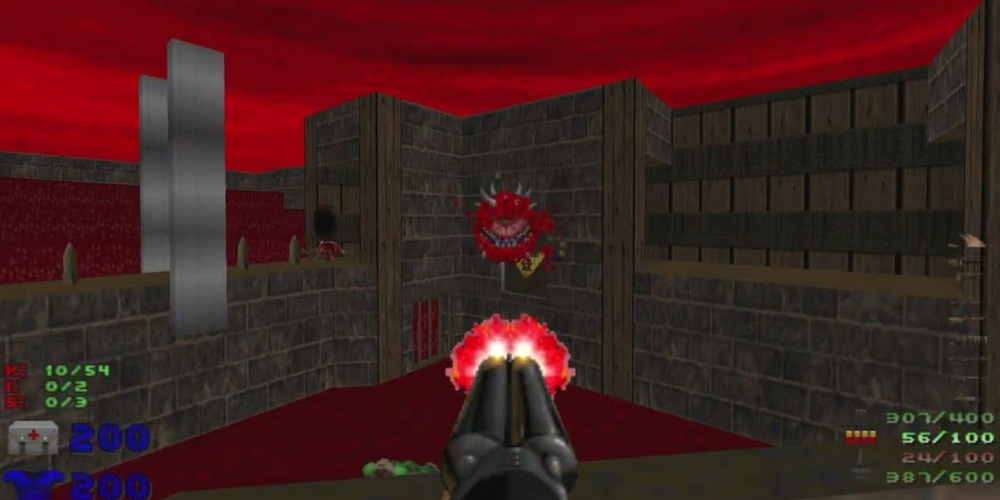
"Final Doom," released in 1996, wasn't a continuation of the Doom narrative but rather a collection of two 32-level Doom II IWADs (Internal WADs)–TNT: Evilution and The Plutonia Experiment. These were fan-made levels gathered into two cohesive, Hell-based narratives, which gave an additional life and added difficulty to the franchise.
"Doom 3" (2004): A Shift in Focus
Almost a decade later, Doom returned with "Doom 3" in 2004. Taking a slightly different approach, id Software leaned more heavily into the horror elements of the franchise and less into action. With a darker ambiance and more of a survival-horror emphasis, the game offered a fresh spin on what Doom could be, while maintaining the combat against demonic foes, which was now the series' trademark.
"Doom" (2016): The Reboot to Glory
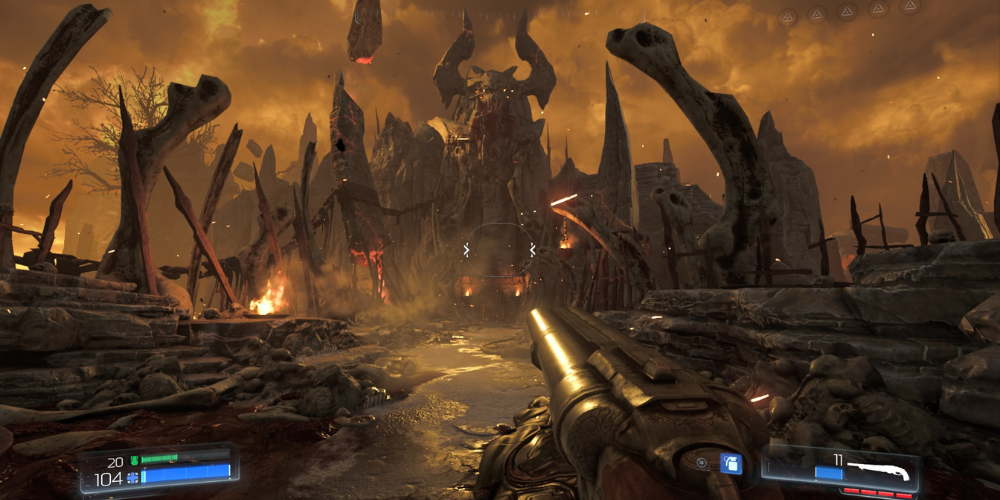
In 2016, a reboot of the series was released, once again titled "Doom." The game was a triumphant return to the series' roots, emphasizing speed, power, and fluid combat. With upgraded graphics, a killer soundtrack, and the fast, gory gameplay that first made the series a hit, this title was positively received as a modern classic.
"Doom Eternal" (2020): The Immortal Continuation
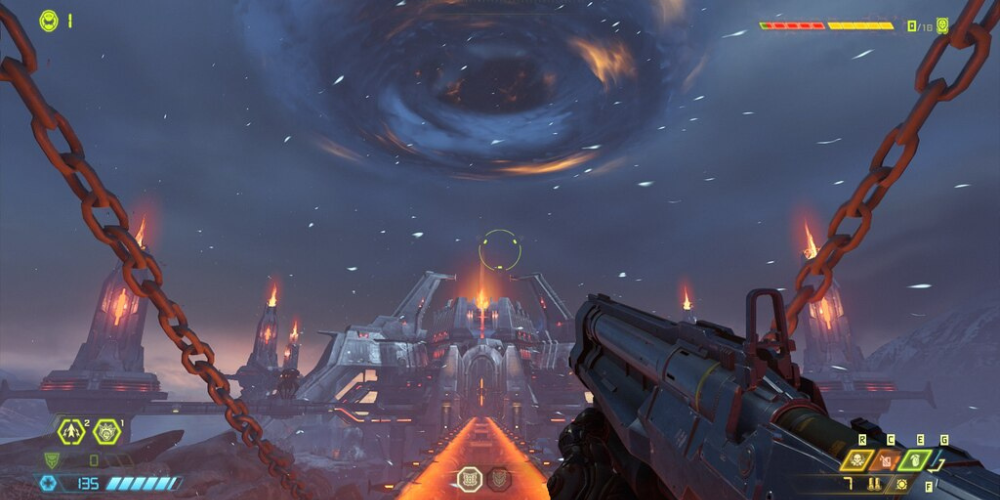
The latest released installment, “Doom Eternal,” was launched in 2020. Fast and frenetic, the game gave players even more tools to dispatch demonic enemies, introduced a new hub area known as The Fortress of Doom, and expanded on the series' lore, delivering an adrenaline-pumping experience that felt definitive to the franchise.
The Future of Doom
The Doom series has proven to have an enduring appeal with its distinctly action-packed, demon-hunting gameplay and ruthlessly challenging combat. As gaming technology continues to evolve, it's clear that Doom has room to grow and adapt. With its recent, highly successful entries, such as "Doom (2016)" and "Doom Eternal," and the introduction of Virtual Reality (VR) experiences, the series can look to explore more innovative avenues to encapsulate the attention of new and older gamers alike. Regardless of the path it takes, the Doom series, with its distinctive blend of fast-paced action and gripping horror, is set to remain a significant part of video game culture.